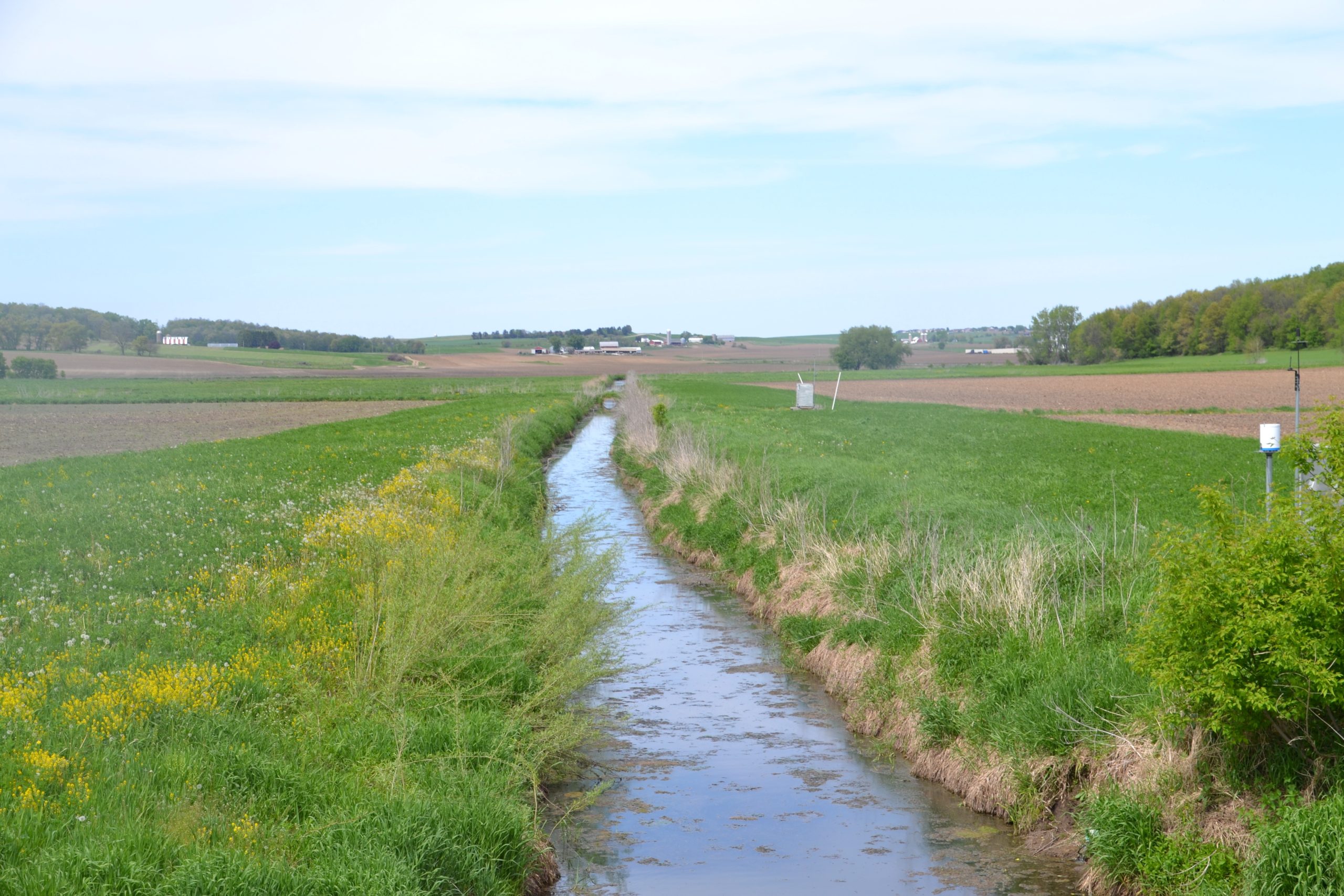A comedian once asked why we drive on parkways and park on driveways.
Let me tell you about another semantic mystery: waterways.
They aren’t always what they seem either—and yet they’re at the center of a new push by federal regulators to gain more control over farmland and other pieces of private property.
The confusion began earlier this year. “We’re proposing a Clean Water Act rule that clarifies which waters are protected—with an eye toward those critical waters upstream,” wrote Gina McCarthy, head of the Environmental Protection Agency, in March.
Whether the proposed rule clarifies anything is an open question. Presented jointly by the EPA and the Army Corps of Engineers, it takes up 88 pages of small print in the Federal Register.
Those 88 pages of obscure technicalities and administrative legalisms may provide clarity for bureaucrats. For the rest of us, however, they’re as murky as a swamp.
And that brings us to “waterways.”
When people read that word, they think of moving bodies of water: rivers, streams, creeks, and so on. Yet this is not what they are, or at least not what farmers mean when we use the word. To us, “waterways” are intermittent channels that fill and flow during torrential downpours.
So that’s the first thing to know about “waterways”: They’re almost always dry. They become wet only once or twice a year, when the rain falls so heavily that the soil can’t absorb all of the moisture. The result is runoff—and the rise of a temporary “waterway” that carries the water downstream, before drying up again.
A well-maintained “waterway” is an important part of sustainable agriculture. It prevents soil erosion and helps us grow more food on less land. We work hard to make our “waterways” work well, mowing them several times each summer and reshaping them with earth-moving equipment every three to five years. Most start out as natural features that follow the contours of the land, but almost all are improved by human intervention.
Out of habit, we continue to call them “waterways,” but they are probably better understood as “erosion-control structures.”
The main objective of the proposed rule is to let the EPA and Army Corps of Engineers exert greater authority over the country’s water supply, including seasonal streams and wetlands. Officials insist that their aims are limited, but farmers like me are skeptical. We’re worried that as regulators apply their new rules, they’ll define “waterways” in a manner that allows them to reach onto our farms, disrupting our safe practices and making it more costly to grow food.
This could become a case study in the law of unintended consequences: Well-meaning regulators try to clarify the meaning of “waterways,” but wind up raising the price of food without improving anybody’s health or safety. Moreover, if the regulatory burden of “waterways” grows too heavy, it will create perverse incentives for farmers to become less concerned about the threat of soil erosion.
A couple of weeks ago, one of my Senators—Mark Kirk of Illinois—met with a group of farmers in my area to learn more about the proposed rule. I had the opportunity to show him one of the “waterways” on my farm. It looks like a grassy path, about 30 feet across, and lined on both sides by stalks of corn. As we stood in the middle of this “waterway,” I explained its purpose. The whole time, our feet stayed dry.
There’s nothing like firsthand observation. With that in mind, I’d like to invite regulators from the EPA and the Army Corps of Engineers to visit my farm as well—and to discover that “waterways” may not be what they imagine them to be, when they write their rules from their offices in Washington, D.C.
We all want clean water. We also want common-sense regulations that allow farmers and others to go about their work in ways that are both economically and environmentally sustainable.
Joining others across the US, I am adding my voice in a direct message to the EPA: “Ditch the Rule”. Let’s have rules that protect our lakes and rivers and other important bodies of water—and let’s leave these “waterways” out of it.
Daniel Kelley grows corn and soybeans on a family farm near Normal, IL. He volunteers as a board member for Truth About Trade & Technology (www.truthabouttrade.org).
Follow us: @TruthAboutTrade on Twitter | Truth About Trade & Technology on Facebook.


